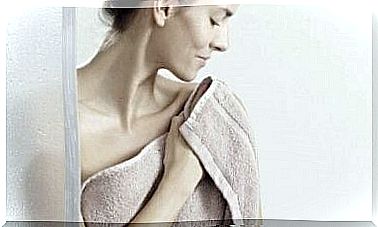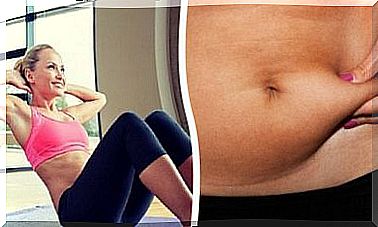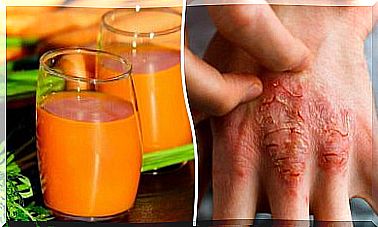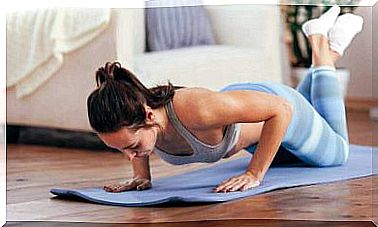How Should You Treat Burns In Children?
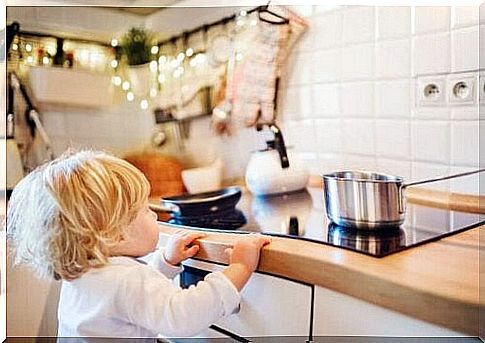
We’ve all had burns at some point. You may be wondering how to treat burns in children. In addition to having a first aid kit at home, there are certain steps to go through and things to consider. In this article, we’ll give you some basic tips for treating burns in children.
burns
Burns are one of the most common household accidents. The age groups where most of these accidents occur are:
- housewives over 45 years old
- elderly over 65 years
- children under five years old
That is why it is important to know how to react if your child gets burned and how to treat burns in children. So read on quickly to find out more about it.
Types of burns
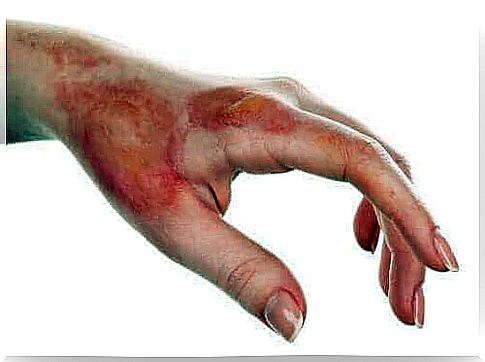
First, you have to distinguish between the different types of burns. In fact, depending on their size, you have to treat them in different ways. Below we discuss the classification based on the severity of the burn.
First degree burns
These burns only affect the epidermis – the outermost part of the skin. Although the skin becomes red, no blisters appear. The most characteristic example is burns caused by sun exposure.
Second degree burns
These burns affect the dermis and epidermis. So, in addition to the reddening of the skin, blisters also appear. An example of second-degree burns are the classic burns that occur when hot liquid falls on the skin.
Third degree burns
These are logically the most serious burns. These burns affect all layers of the skin. They can even affect muscles, nerves and bones. Third degree burns char the skin and the patient obviously needs immediate medical attention.
Burns in children

Children are one of the groups most at risk for these types of accidents. Childhood burns require medical attention if they are extensive. In other words, if they affect more than 5% of the child’s body.
In addition, regardless of the size, you should take your child to the doctor in case of second and third degree burns. However, depending on their location, some burns need to be examined by a doctor, regardless of their grade:
- Burns on the face and on the hands and feet.
- Burns on the skin covering joints.
- If your child has come into contact with high voltage.
- If your child has inhaled gases.
How should you treat burns in children?
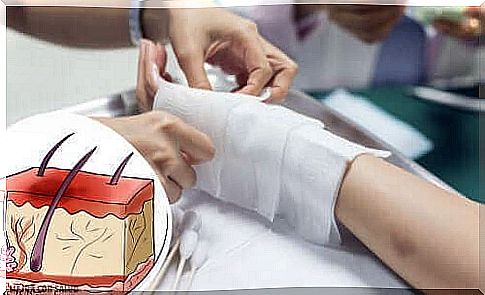
If it is a first-degree burn, you can easily treat it at home by cooling the skin and applying cold and regenerating creams.
Some of the following tips may seem obvious, but there will be a few that you may not have known. In any case, they are very useful and this protocol ensures the best treatment of burns in children.
- First, remove the cause of the burn.
- Then only remove clothing or accessories if they have not stuck to the skin. If they do, leave them alone, as you can cause more damage by removing them.
- Then you have to cool the burn, preferably at the tap. To do this, hold the affected area under gently running water for a few minutes. It is important that the water has a normal temperature and is not too cold.
- Another option if you’re not near a faucet is to wet sterile gauze or a tea towel with water and place it on the burn.
- In addition, gently but thoroughly clean the area with water.
Depending on the degree of burn, you may need to take your child to the doctor. If you have a sunburn, you can apply a moisturizing cream for a few days. However, more severe burns require medical attention. In these cases, the doctor may prescribe an antibiotic ointment if necessary.
What not to do in case of burns in children

There are a number of things that you should know that it is not good to treat burns in children. Below we list some of the most important tips of things not to do with the burn.
- First, do not apply ice or ice water directly to the burn. This is because it can cause even more damage.
- If a blister has formed, do not puncture it. On the contrary, you must leave the skin intact and ensure that it does not break. Otherwise you could cause an infection.
- In addition, you should not give antibiotics to children without a medical prescription. In addition, they are not particularly suitable for burns.
- Finally, do not apply talcum powder, butter, or toothpaste to the burn. Contrary to popular belief, applying these products to a burn can make the situation worse.
In any case, remember that a child’s skin is delicate. If the pain is severe or persistent, don’t hesitate to see your doctor to rule out major problems. Even if it concerns only first degree burns, this can be very sensible.
In addition, never forget the importance of prevention. Although it is impossible to foresee and prevent all accidents in the household, keep in mind that you should at least take certain safety measures to minimize the risk.
